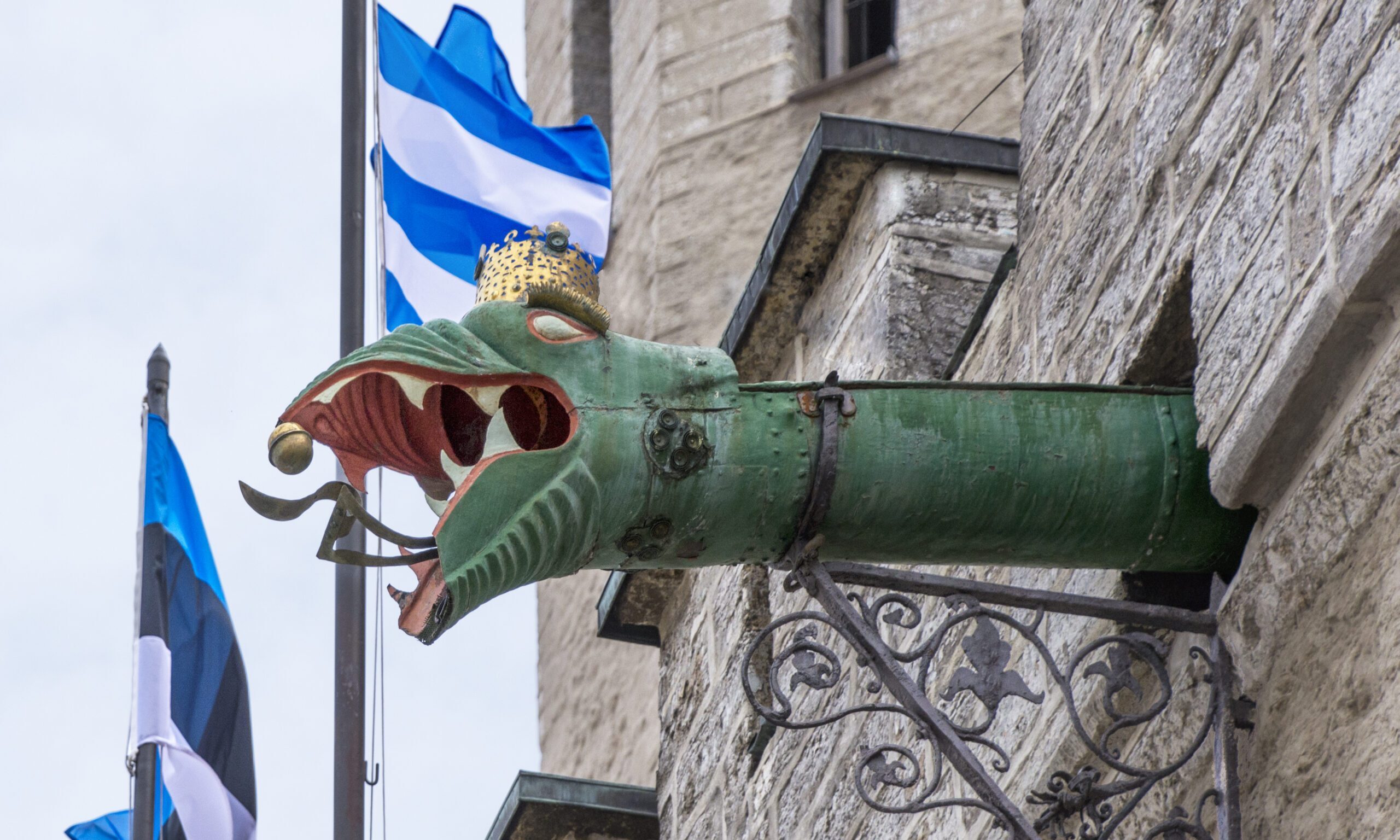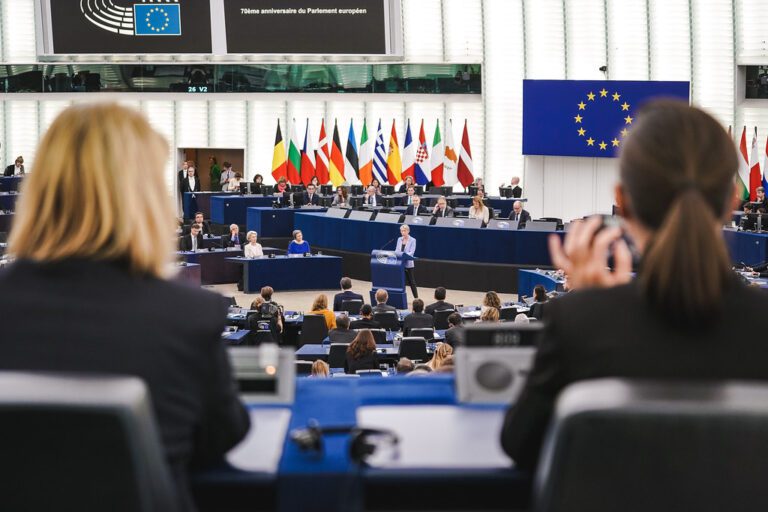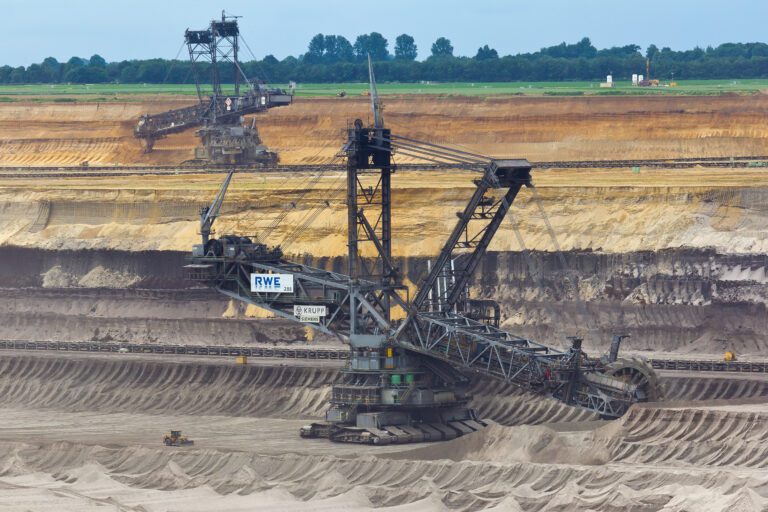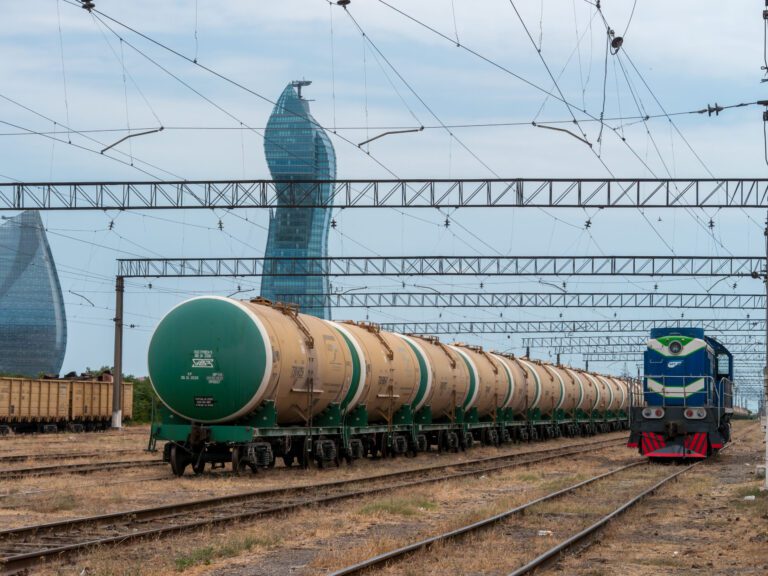
This article is part of a series of articles authored by young, aspiring China scholars under the Future CHOICE initiative.
The EU’s decision to impose tariffs on subsidized Chinese electric vehicles (EVs) has sparked discussions about whether this move could encourage increased investments from Chinese EV manufacturers in Europe. Such investments could foster technological collaboration, create local jobs, and facilitate the transfer of advanced technology – particularly in the critical battery sector, which is vital to the EU’s green transition. However, this optimism should be approached with caution.
Chinese policymakers remain wary of technology transfers, fearing potential job losses and decreased high-value production within China. Simultaneously, the EU continues its efforts to reduce economic dependence on China. Balancing the regulatory realities in China with its own de-risking initiatives, the EU’s path forward lies in a dual approach: pursuing diversification through strategic partnerships to secure supply chains while championing a “made in the EU” strategy to strengthen its local capacities. The small Baltic state of Estonia could play a major role, demonstrating how and where the EU could compete with China in the battery supply chains, reducing its dependencies on Chinese resources in the process.
China’s Role in Global CRM Supply Chains
In recent years, China has solidified its dominance in the midstream and downstream segments of critical raw material (CRM) supply chains that underpin EV production, where batteries are the most essential components. The midstream involves refining minerals into fine particles for manufacturing cathodes, anodes, separators, and electrolytes, while the downstream focuses on assembling these components into battery modules. Remarkably, China refines 73 percent of cobalt, 68 percent of nickel, and 59 percent of lithium. In terms of its overall CRM processing capacity and the production of battery cell components, China accounts for 85 percent and 80 percent, respectively.
However, China does not dominate the upstream segment of the CRM supply chains – specifically, the extraction of raw materials from deposits. While the country possesses domestic resources of manganese and graphite, it relies on international sourcing for other key materials like copper, nickel, cobalt, and lithium. This has compelled China to extend its reach across the globe, establishing strategic partnerships and investing in some of the world’s largest mining operations. Notably, Chinese companies control two-thirds of the cobalt production in the Democratic Republic of the Congo (DRC), which produces an estimated 74 percent of global cobalt output. Meanwhile, in the so-called Lithium Triangle – encompassing Argentina, Bolivia, and Chile, which contain over half of the world’s lithium reserves – China has sealed several significant deals that are likely to shape the future of lithium extraction.
Diversifying Away from China
Given China’s outsized role and tightening grip on CRMs, the EU finds itself heavily dependent on Chinese resources. A staggering 97 percent of the lithium used within the EU originates from China. These dependencies pose substantial risks to the EU’s battery supply chain, which is essential for bloc’s economic security, green transition, industrial transformation, and the development of critical infrastructure. These risks became apparent in August 2023, when China began requiring export licenses for gallium and germanium. Later that year, China imposed restrictions on exports of technologies used to separate and refine rare earth metals, essential for producing rare earth permanent magnets.
To date, diversification through partnerships with like-minded countries has been widely seen as the EU’s best strategy for reducing these risks. The EU has already turned to resource-rich African countries, signing several strategic partnerships to develop CRM value chains. Additionally, the bloc is strengthening ties with Japan and South Korea, both crucial players in the global battery industry. In 2024, Japan and Europe agreed to collaborate on recycling EV batteries, and the EU launched the EU Business Hub program with Japan and South Korea to foster resilient, sustainable, and technologically advanced value chains. While these external partnerships are important for mitigating risks and advancing the transition away from China, their impact on the EU’s diversification efforts remains to be seen.
Learning from Estonia: Three-Pronged Approach
While partnerships with nations in Africa or the Indo-Pacific may take years to yield results, the EU must simultaneously develop its own local ecosystem for the battery supply chain. But the fundamental question is: where can Europe position itself most effectively to compete with China? Estonia may offer a compelling answer through a three-pronged approach aimed at building local battery supply chains.
CRMs are indispensable for products like lithium batteries, but their extraction is neither sustainable nor free from environmental hazards. The rapid decline in CRM prices, driven by global oversupply, further complicates Europe’s ability to source these materials at competitive rates. These challenges raise concerns as the EU strives to enhance sustainability standards as part of its latest battery regulations while remaining competitive. Yet, Estonia’s recent innovations suggest that sustainable alternatives to CRMs, such as locally sourced green graphite or locally developed curved graphene, are not only possible but could serve as the first prong in building a local battery ecosystem while providing an area where the EU can feasibly compete with China.
In recent years, Estonia has emerged as a leading European hub for technological innovation, becoming a strategic focal point for Western supply chains. The country is home to nearly half of the 30 fastest-growing startups in Eastern Europe, fostering a dynamic ecosystem for technological advancement. Among these is UP Catalyst, a pioneering CleanTech startup that converts CO2 emissions into valuable green graphite, effectively replacing fossil-based graphite. In light of China’s October 2023 announcement of export restrictions on graphite, and with Europe relying on imports for 99 percent of its graphite supply, UP Catalyst’s work emerges as a potentially transformative opportunity for the European battery ecosystem. However, as highlighted by the UP Catalyst CEO Gary Urb, significant investment is needed to scale up this technology.
Similarly, Estonian battery manufacturer Skeleton Technologies has gained recognition for its pioneering supercapacitors and, more recently, for its revolutionary “SuperBatteries.” This innovation merges the benefits of supercapacitors and batteries using curved graphene as its core material. It replaces cobalt, nickel, graphite, and copper, achieving charging speeds up to 100 times faster than conventional lithium-ion batteries. Consequently, these “SuperBatteries” improve recyclability and sustainability while reducing dependence on traditional CRMs.
While sustainable alternatives to CRMs serve as the first prong in nurturing a local battery ecosystem, an equally important second pillar is pan-European cooperation. Skeleton Technologies has been actively expanding its manufacturing capabilities and enhancing R&D initiatives throughout Europe. The company has already established a supercapacitor factory in Dresden, Germany, with plans for another facility in Leipzig. Furthermore, it has selected France for R&D and “SuperBatteries” manufacturing while pursuing similar collaborations in Finland. These strategic moves underscore the importance of collaboration in collectively creating a robust European battery supply chain.
Once a local battery ecosystem is established and expanded through cooperation, the final prong involves attracting external partners for greenfield investments. An example of this potential is the establishment of a permanent rare earth magnet factory by Magnequench, a division of Toronto-based Neo Performance Materials, in eastern Estonia. This location is strategically significant, as it hosts the only rare earth separation plant outside of Asia and benefits from low manufacturing setup costs, highly developed infrastructure, and advanced transportation systems. While the facility represents a crucial step toward developing a local battery supply chain, it also highlights the need to identify strategic locations, such as the one in eastern Estonia, that would attract further investment.
Balancing External and Internal Actions
While the EU’s primary strategy has focused on diversification through external partnerships as part of its de-risking approach, it must also prioritize building local capacities within the bloc. China’s stronghold on the midstream and downstream segments of the CRM supply chains, which are closely tied to batteries, means that some level of entanglement with China is inevitable.
However, Estonia’s example demonstrates that this entanglement can be balanced by focusing on areas where the EU can realistically reduce its dependencies and compete with China. Promising opportunities lie in developing sustainable and innovative alternatives to CRMs, fostering deeper pan-European cooperation, and collaborating with international partners.
These initiatives underscore the pressing challenge of inadequate funding for scale-ups, as illustrated by the case of UP Catalyst. In response, the EU must expedite its efforts to deepen capital markets through regulatory and legal intervention, thereby increasing liquidity, broadening market participation, and attracting more private investors.
Deeper capital markets and local capacities go hand in hand: enhanced capital markets stimulate investments that foster innovative businesses and the development of robust local capabilities, which is a part of the EU’s broader industrial strategy. Together these interconnected pillars are essential not only for the EU’s mid- to long-term goals of decarbonization, economic security and competitiveness, but also for creating a balanced global industrial ecosystem.
Written by
Elzė Pinelytė
ElzePinelyteElzė Pinelytė is Associate Expert at the Geopolitics and Security Studies Center (GSSC), Lithuania, where she studies China's domestic politics and foreign policy, with a focus on Sino-EU relations and its recent developments.


